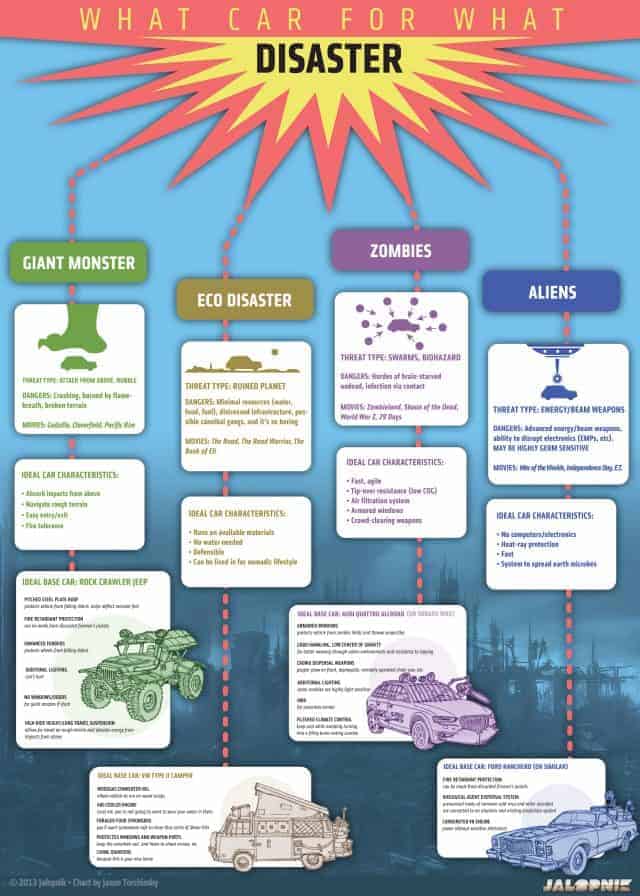The Ultimate Guide To Understanding Heat Pumps - Just How Do They Function?
The Ultimate Guide To Understanding Heat Pumps - Just How Do They Function?
Blog Article
Team Author-Junker Hanna
The very best heatpump can conserve you substantial amounts of money on energy expenses. They can also help in reducing greenhouse gas exhausts, specifically if you utilize power in place of fossil fuels like lp and home heating oil or electric-resistance heaters.
Heat pumps work significantly the like air conditioning unit do. This makes them a sensible alternative to traditional electric home heating systems.
Just how They Function
Heat pumps cool homes in the summer season and, with a little assistance from electrical power or natural gas, they provide a few of your home's heating in the winter months. They're a good choice for individuals who want to lower their use nonrenewable fuel sources but aren't all set to replace their existing heating system and a/c system.
They rely on the physical fact that even in air that seems also chilly, there's still power present: warm air is constantly relocating, and it intends to move into cooler, lower-pressure atmospheres like your home.
Many ENERGY celebrity accredited heat pumps operate at near to their heating or cooling capacity throughout a lot of the year, lessening on/off biking and saving energy. For the best efficiency, focus on systems with a high SEER and HSPF ranking.
The Compressor
The heart of the heat pump is the compressor, which is likewise called an air compressor. This mechanical streaming gadget makes use of potential energy from power production to enhance the pressure of a gas by reducing its volume. It is different from a pump in that it only services gases and can not deal with liquids, as pumps do.
Climatic air goes into the compressor through an inlet shutoff. It travels around vane-mounted arms with self-adjusting size that split the interior of the compressor, producing several cavities of differing size. The blades's spin pressures these cavities to move in and out of stage with each other, compressing the air.
The compressor draws in the low-temperature, high-pressure cooling agent vapor from the evaporator and presses it right into the hot, pressurized state of a gas. This procedure is duplicated as required to supply home heating or air conditioning as needed. The compressor additionally has a desuperheater coil that reuses the waste warm and adds superheat to the refrigerant, changing it from its fluid to vapor state.
The Evaporator
The evaporator in heatpump does the same point as it does in refrigerators and ac unit, changing fluid refrigerant right into a gaseous vapor that gets rid of warmth from the area. Heatpump systems would not work without this crucial piece of equipment.
This part of the system is located inside your home or building in an interior air handler, which can be either a ducted or ductless system. It consists of an evaporator coil and the compressor that compresses the low-pressure vapor from the evaporator to high pressure gas.
Heatpump soak up ambient warmth from the air, and afterwards utilize electricity to move that warm to a home or company in heating setting. installation makes them a whole lot a lot more energy effective than electric heaters or heating systems, and since they're using clean electricity from the grid (and not melting gas), they also produce far less emissions. That's why heatpump are such wonderful ecological choices. (In addition to a huge reason why they're becoming so prominent.).
The Thermostat.
Heat pumps are excellent alternatives for homes in cold environments, and you can use them in combination with conventional duct-based systems or even go ductless. They're a terrific alternative to fossil fuel furnace or typical electric heating systems, and they're a lot more sustainable than oil, gas or nuclear heating and cooling tools.
Your thermostat is one of the most vital component of your heatpump system, and it functions extremely differently than a traditional thermostat. All mechanical thermostats (all non-electronic ones) job by using substances that transform size with raising temperature level, like curled bimetallic strips or the expanding wax in a cars and truck radiator shutoff.
Click On this page consist of 2 various types of metal, and they're bolted with each other to form a bridge that completes an electric circuit attached to your heating and cooling system. As the strip gets warmer, one side of the bridge expands faster than the other, which causes it to bend and signal that the heater is required. When the heat pump is in heating mode, the turning around shutoff turns around the flow of refrigerant, to ensure that the outdoors coil now functions as an evaporator and the indoor cyndrical tube becomes a condenser.